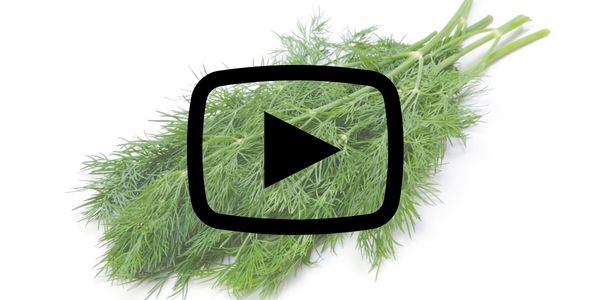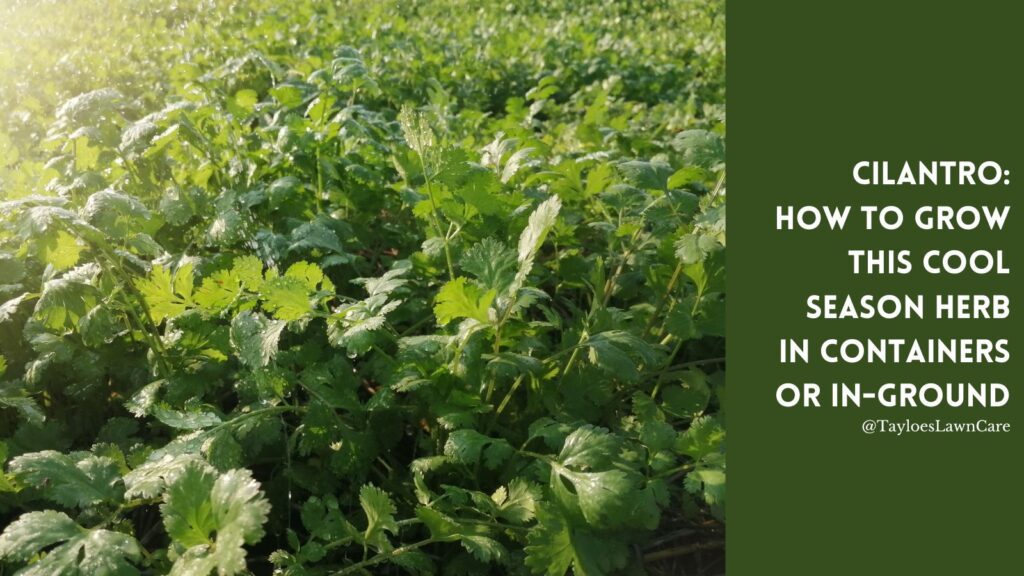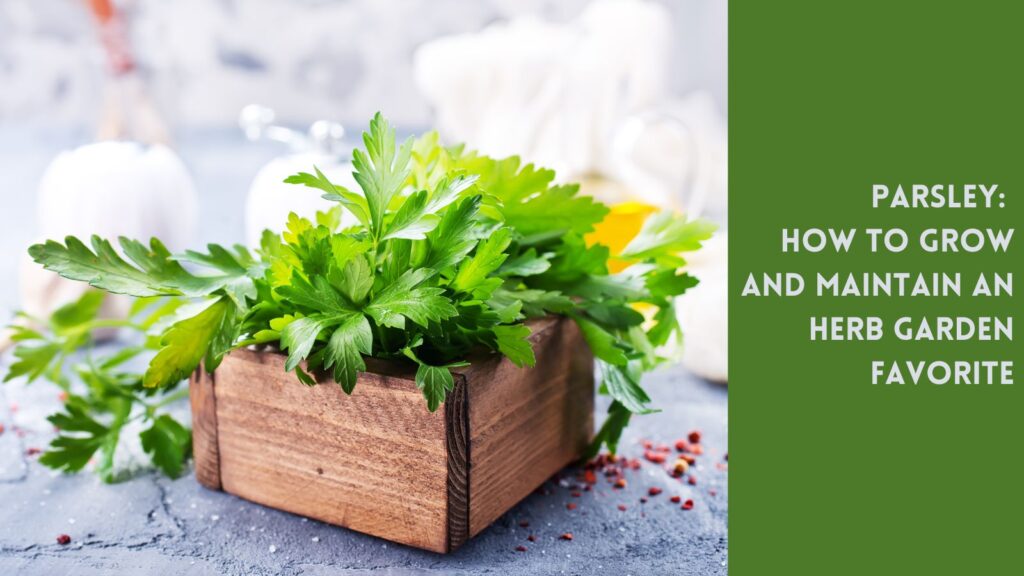Last Updated on: 30th October 2023, 09:37 pm
This delicious herb is versatile for more than just dill pickles.
Dill, Latin: Anethum graveolens, is a herbaceous annual plant commonly used as a culinary herb.
It is a carrot family member and a native species to southern Russia, western Africa, and the Mediterranean region. Dill is hardy in USDA planting zones 3-10.
This classic herb garden plant will flourish in the ground, in gardening boxes, or in planters and container gardens.

Dill Is Taller Than Many Herbs, Making it Ideal for Adding Height and Visual Interest
Dill typically grows two to four feet tall and features feathery, blue-green leaves. The stems are slender and hollow, and the plant produces small, yellow flowers in umbrella-like clusters in the summer.
Its height is ideal to add visual interest, texture, and variety to your herb bed.
How to Plant This Wonderful Herb
The plant has a mild, fresh fragrance often used to flavor dishes. Dill prefers to grow in well-draining, consistently moist soil. It does best in full sun or partial shade.
To encourage growth, it’s important to fertilize the plant with a balanced fertilizer once a month during the growing season. If you are an organic gardener, refresh the compost regularly to continue to provide nourishment–but don’t place the compost directly on the stems, as the moisture can cause rot or mildew.
It’s also important to watch for pests, such as aphids or caterpillars, which can damage the plant. Treat or remove them at the first signs of pests.
Dill can be grown from seeds or transplants. You may transplant home-grown seedlings in the spring once the soil has warmed up and the danger of frost has passed.
To plant the seedlings, choose a location that receives full sun or partial shade and has well-draining soil. Sow the seeds about 1/4 inch deep and space them about twelve inches apart. Once the plants have germinated, thin them to about eighteen inches apart.
Gathering Your Harvest
The leaves and seeds of the dill plant are edible and delicious in cooking. The leaves can be harvested as needed throughout the growing season and used fresh or dried. To harvest the seeds, allow the flowers to dry on the plant, cut the entire flower head, and place it in a paper bag upside down. Hang the bag in a warm, dry location for several days until the seeds have dropped off the flower head.
It is best to dehydrate your harvest and store it in airtight containers for later use.

The Takeaway: Dill Is Easy to Grow and Oh So Delicious
Dill is an easy-care herb with fantastic green and yellow colors, a tall height, and delicious flavors. Give it a try! Please follow Tayloe’s Lawn Care Services on Facebook for updates and info on lawn care, gardening, and creating a more beautiful yard.
Author Profile

- Deborah Tayloe is the CEO and co-founder of Tayloe's Lawn Care Services, LLC. She has a B.S.Ed and holds certificates in soil and water management and herbology from accredited programs.
Latest entries
 GardeningSeptember 27, 2025What perennials, shrubs, and trees don’t like fall pruning (and why)?
GardeningSeptember 27, 2025What perennials, shrubs, and trees don’t like fall pruning (and why)? Trees and ShrubsSeptember 14, 2025Fall Shrub Pruning Guide (September–October)
Trees and ShrubsSeptember 14, 2025Fall Shrub Pruning Guide (September–October) Trees and ShrubsApril 22, 2025Boxwood Blight: Early identification and isolation
Trees and ShrubsApril 22, 2025Boxwood Blight: Early identification and isolation Flower GardenApril 8, 2025John F. Kennedy Rose: Hybrid tea rose with elegant white blooms
Flower GardenApril 8, 2025John F. Kennedy Rose: Hybrid tea rose with elegant white blooms





